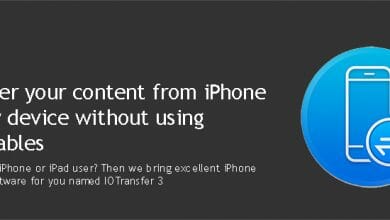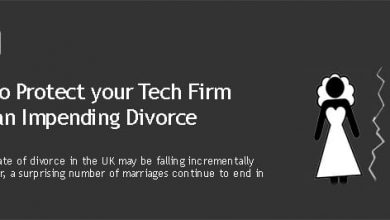In some quarters, there remains a belief that the age of self-build PCs is coming to an end.
After all, even dominant PC brands like Intel have moved out of the motherboard business in recent times, and with other manufacturers following suit there will surely come a time when core components are not available to consumers.
Despite this, there remands a strong generational demand for PC components, with gamers particularly keen on building their own personal computers for multi-functional use. Below, we’ll offer some tips on self-build computers and ask how you can get the most from your unit?
1. Remember that Testing is Key
This may be an easy thing to overlook when building a PC for the first time, especially if you’re sourcing parts and components from a reputable supplier.
It remains possible for you to purchase parts that are dead on arrival, however, and this can be devastating when the component in question happens to be a motherboard or CPU.
This is why testing is key, as this can help to identify potential issues at different stages of the build process. It’s also important to connect your motherboard, CPU, RAM, cooler and video card simultaneously, to ensure that these components are compatible and work in harmony with one another.
2. Plan out the Details of your Build
Even for seasoned PC builders, it’s important to note that not all constructions are created equal. As a result, it’s important not to act with haste or follow the same process for every build, as this could require you to disassemble your computer and start again at some stage.
Instead, a more preferable approach is to plan your build out in careful detail, while making provisions for crucial but often overlooked components such as a CPU cooler.
This type of methodical approach also enables you to optimise the quality of the build, as you look to start by installing hard-drives and the motherboard. In terms of the power supply, try to make sure that your AC-DC converter does not restrict access to the motherboard, as this will improve functionality while delivering a reliable source of safe and consistent power.
3. Avoid Installing Driver Discs
In most cases, your motherboard and video card (along with similar components) will come with a CD or DVD filled with drivers.
A common feature of older PCs, these driver discs are increasingly outdated and usually loaded with software that is either unnecessary or unwanted. Even if the drivers have relevance when your start to build the PC, by the time this process is complete they’ll probably be out of date and an unnecessary addition.
So, we’d recommend skipping these and downloading the latest driver software online. This will optimise both the simplicity and the efficiency of the build, no matter why you’re choosing to construct a personal computer.




